Iran’s official count of coronavirus cases is much lower than the true number, a World Health Organization source has told IranWire.
“Experts from the World Health Organization believe that the number of coronavirus deaths in Iran is at least 20,000,” an informed source at the organization said.
The source said the Revolutionary Guards and Iran’s government have worked together to give a skewed narrative of the epidemic. “Iran has one of the best health information systems in the region and they can provide accurate figures if Iranian officials want to,” the source added.
Official statistics released by undemocratic governments such as Iran are always in question. In the absence of a free press and a powerful civil society, such governments often portray a distorted picture of reality to manipulate public opinion. At the same time, such undemocratic governments are hampered by divisions in the power structure and resistance by civil society — making it possible for the truth to emerge.
***
From late January, about two weeks after China officially announced it had identified that a new virus was the cause of an illness that had struck dozens of people across Asia, Iran’s officials began to make misleading public pronouncements about coronavirus. Most of these pronouncements included the claim that Iran was entirely ready to confront the new virus. Even at those early stages there was evidence that this claim was not true, and nor was the claim that coronavirus had not reached Iran.
Official reporting about coronavirus in Iran in the last three months can be divided into two phases. The first, short phase was characterized by complete denials and maximum cover-up, beginning with the first official denial on January 22 and continuing until February 18, which marked the last time an Iranian official denied that there were any cases of coronavirus in Iran. The second phase — a phase during which officials manipulated the number of infections and fatalities — began on February 19, when officials acknowledged there had been two deaths from coronavirus. The second phase continues.
Phase One: Complete Denial and Maximum Cover-Up
During this phase, on the one hand both traditional and social media were reporting widely about coronavirus cases in Iran. On the other hand, government — and in particular health ministry officials — categorically denied these reports.
On January 30, the official Islamic Republic News Agency (IRNA) reported that two female Chinese tourists with symptoms of coronavirus had been hospitalized in Tabriz, the capital of East Azerbaijan province. The next day it was reported that a Chinese guest at a hotel in Tehran was sick with coronavirus. According to the official newspaper Iran, a 63-year-old woman suspected to be infected with coronavirus died in Tehran on February 10.
During a period of 28 days, in at least 29 interviews with the media, government and health ministry officials denied all reports about coronavirus cases in Iran. Alireza Raeesi, one of Iran’s deputy health ministers, claimed that his ministry had no reason to lie and it would not endanger people’s lives with expediency.
The chain of denials started on January 22, with Hossein Erfani, head of the Health Ministry’s Department of Contagious Diseases, saying that no cases of coronavirus had been observed in Iran, and ended on February 18 with statements from Kianoush Jahanpour, director of the health ministry’s public relations. “We have been saying for 45 days that we have not seen any coronavirus in Iran,” he said. “Do we need to bring in the UN secretary general to say that we have not seen any coronavirus in Iran?” As he was uttering these denials, however, his ministry was informing the relatives of two deceased patients in Qom that they had tested positive for coronavirus.
Phase 2: Manipulating the Number of Infections and Fatalities
On February 19, health ministry officials began to shift the nature of their pronouncements. And yet, it appears that they were not really ready for the change and were caught off guard by statements from a doctor called Dr. Mohammad Molaei, who announced that his brother had died from coronavirus. This unpreparedness was blatantly evident in the discrepancies between figures published by the health ministry and the provinces. To remedy this, the health ministry ordered medical schools and health officials across the country to stop announcing their own figures for coronavirus infections and fatalities. Much later, another deputy health minister, Iraj Harirchi, tried to justify this order and said that it had been meant to prevent people from rushing to areas with low levels of infections and thereby spread the disease.
But this order neither stopped all provinces from announcing their own figures or restored trust in central government figures. In some cases, it directly undermined trust in official statistics. Members of parliament were among those who questioned officials statistics. On a day when official figures said that only 62 patients had tested positive for coronavirus and only 12 had died from the virus across the country, Ahmad Amirabadi Farahani, member of the parliament from Qom, reported that in Qom alone at least 50 people had died and 250 were infected.
The Lies of the “Hostile Media”
Nevertheless, the Ministry of Health claimed that its statistics were correct and that critics and “hostile media” were presenting deaths resulting from sever pulmonary ailments as coronavirus fatalities because “they have been checkmated by Iran’s transparency in the information that it publishes.”
The critics, however, responded that even if they relied on what health officials say, the number of tests conducted had been much lower that the number of patients suffering from coronavirus symptoms. According to Iranian health officials, the results from the tests were not very reliable. Furthermore, official figures did not include the results from CAT scans of lungs, which doctors used to diagnose coronavirus in order to hospitalize or quarantine patients.
Critics also point to statements by Dr. Reza Malekzadeh, another deputy health minister, who had confirmed that in some cases, coronavirus test results had returned false negatives and that CAT scans of the lungs provides a more reliable way to diagnose of coronavirus. Likewise, Tehran University of Medical Sciences told its hospitals that, CAT scan results were enough to identify the cause of death as coronavirus for death certificates, and that they did not have to wait for a coronavirus positive test result.
Tehran University of Medical Sciences told its hospitals that they could use CAT scans to certify that a patient had died from coronavirus instead of waiting for positive test results
But, in practice, this order was not followed in any serious way. One of the more cynical interpretations of this failure was that since the government had agreed to pay up to 90 percent of expenses in partnership with insurance for the treatment of coronavirus, in some cases the cause of death was cited as severe pulmonary syndrome instead of Covid-19 so that the family would be forced to pay the expenses and not the government.
As a result, a portion of coronavirus patients and fatalities were categorized as cases of death by “severe pulmonary syndrome” and were not included in coronavirus figures — despite the fact that one member of parliament had talked about “horrifying numbers from graveyards” and another reported a “pile-up of bodies in Qom” due to coronavirus. Instead, the government boasted of its “honesty” and “transparency” which, as the government spokesman put it, is “in the nature” of the Iranian government.
Eventually, however, what officials of the World Health Organization (WHO) said about the coronavirus epidemic in Iran confirmed claims by critics, who had dismissed the veracity of Iran’s own official statistics. And a week after WHO’s statements, a member of Iran’s National Coronavirus Taskforce confirmed that the figures published by the health ministry were only part of the story because it included only those patients whose test results had returned positive.
Gradually Iran’s Medical Council and Tehran City Council both began to question official figures as well. The Medical Council asked President Rouhani to announce figures for infections and fatalities “transparently, honestly and broken down by city and province.” When the health ministry ignored this plea, Mohammad Reza Zafarghandi, the president of the Medical Council, directly challenged the veracity of official figures. “The number of patients infected with coronavirus is undoubtedly higher that the numbers presented by our colleagues at the health ministry,” he said.
“Misplaced” Fatalities
Not long afterward, Dr. Nahid Khoda Karami, a member of both Tehran City Council and Iran’s Medical Council, reported that every day between 70 and a little over 100 coronavirus patients were dying in Tehran. She explained the discrepancy between actual and official numbers by pointing out that some of the coronavirus deaths were registered as “severe pulmonary syndrome.” Tehran City Council’s insistence on announcing numbers that were at odds with official figures prompted the government to instruct the council to stop publishing its own numbers and avoid casting doubt on official figures.
But even after this official acknowledgment, the health ministry continues to offer its doctored figures every day at 2pm during a press conference.
So the situation continues. Some tell lies that even they themselves do not believe, while others are forced to listen to the same lies they have been told they must believe.
IranWire Reports on Coronavirus Outbreak in Iran
Lies, Misinformation and Makeshift Graves: a Chronology of Coronavirus in Iran
Will Ramadan Worsen the Spread of Coronavirus?, 24 April 2020
Iran's 4 Big Lies About its Response to Coronavirus, 24 April 2020
Iranian Online Network Still Peddling Coronavirus Disinformation, 21 April 2020
Coronavirus Pandemic Means Homelessness and Poverty for Refugees in Turkey,
Fact Check: Does Fasting Boost Your Immune System?, 18 April 2020
Fact Check: How Big of a Lie is the Guards' Coronavirus Detector?, 18 April 2020
Iranian Journalists Persecuted for Reporting the Pandemic, 17 April 2020
Fake Coronavirus Detector? Or the Guards' Scientific Achievement?, 16 April 2020
visit the accountability section
In this section of Iran Wire, you can contact the officials and launch your campaign for various problems





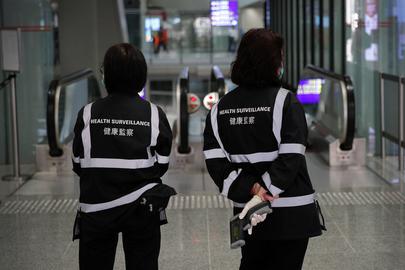
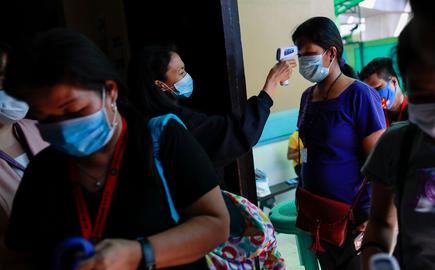
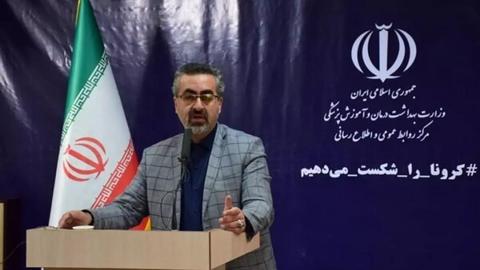
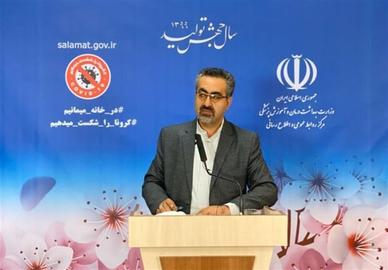
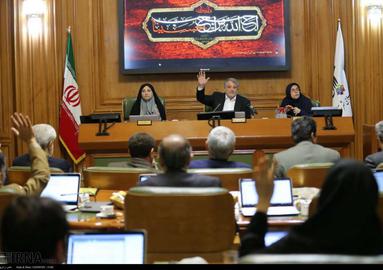
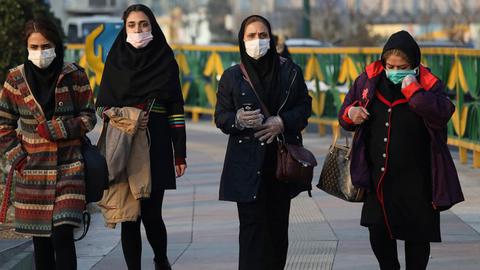
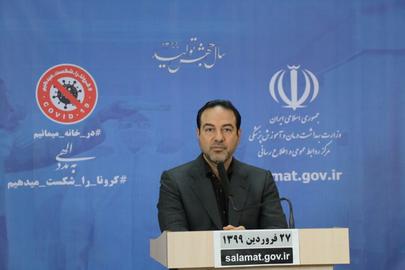




















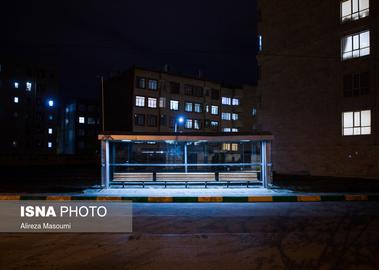
comments